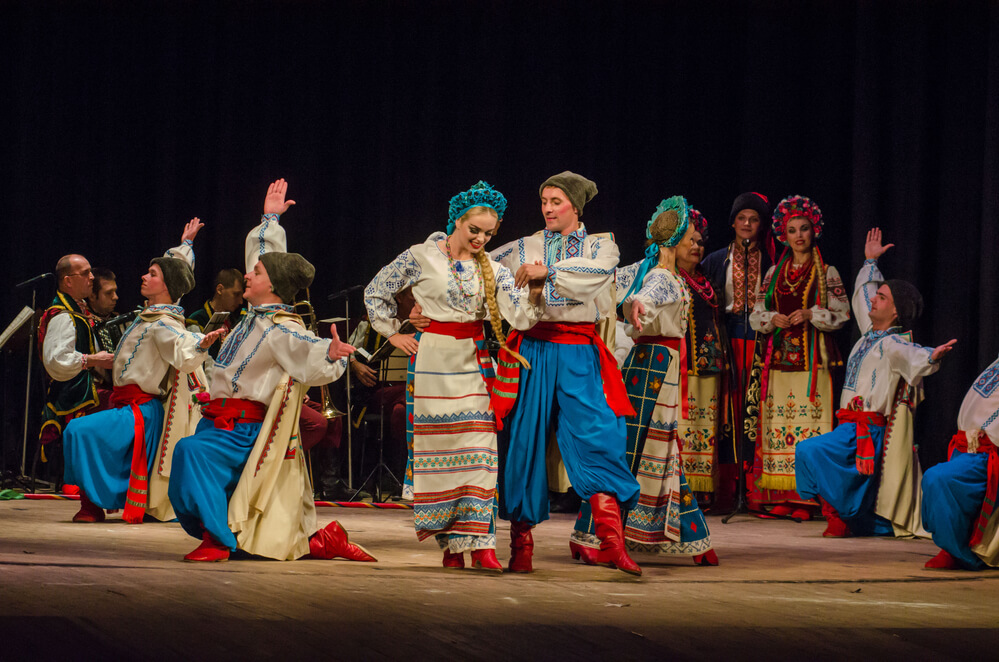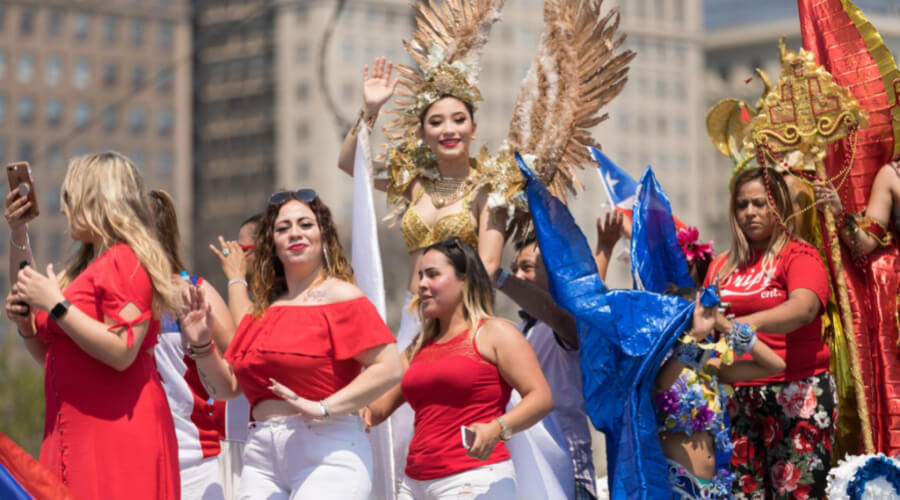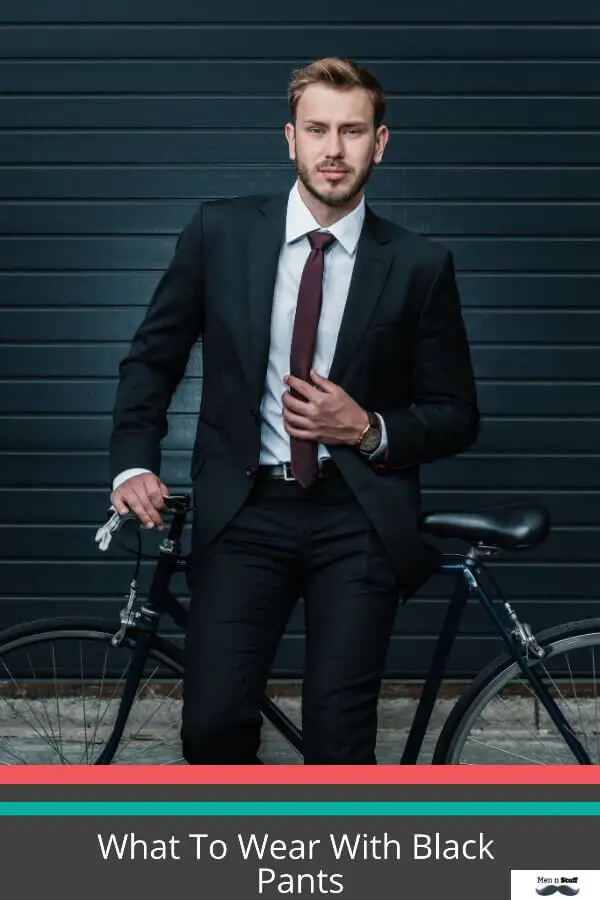Typical Puerto Rican clothing blends Spanish, Taino, and African influences. For men, it includes the “guayabera” shirt and “pava” straw hat. Women often wear colorful dresses called “bata” or “muumuu.” Traditional elements celebrate the island’s diverse heritage.
The History Of Typical Puerto Rican Clothing

The Spanish came to Puerto Rico in the 15th century when the Puerto Ricans adopted the European style. Before the Spanish arrived, the natives wore minimal clothing, and some men were completely naked. Married women covered themselves by wearing a simple apron or skirt.
The Spanish took over, and intermarriages took place. The Spanish introduced the Christian religion to them then; hence, the locals needed to dress Spanish. Jibaro refers to the natives in Puerto Rico, and the jibaro clothing has Spanish influence and African because of the enslaved people taken there.
It formed a new prominent culture, mixing native traditions with Spanish influences. The Puerto Ricans are proud of their Jibaro heritage, and it is an iconic part of their culture. Wool clothing is the typical traditional Puerto Rican clothing, and men still wear it in modern times. Due to the hot climate, the Spanish told them to make clothing using cotton suitable for the heat.
The Jibaro Culture
Traditionally, in the Jibaro culture, men used to wear simple cotton shirts, pants, and straw hats. Most men did not wear shoes, and some men wore a colorful sash around their waist. When the natives would wear the Jibaro fashion for performances, the outfit would include a matching neck scarf.
Women’s fashion was more colorful and vibrant than men’s clothing. They wore flowing skirts with white blouses, which exposed the shoulders and neck. They would decorate their hair with flowers or headscarves.
How Puerto Ricans Celebrated Heritage And The Significance Of Their Typical Clothing
Puerto Rico and African traditions mixed and formed the Bomba, and today they use the Bomba to celebrate African and Puerto Rican heritage. Bomba’s clothing was more subtle, unlike Jibaro’s. Men wore a colored shirt, white pants, and sometimes a full white suit. Some men would wear straw or white hats. The skirts were often white with colorful accents, blue and red for women. The women wore a dress used for a fashionable silhouette. Women either left their hair unadorned or wore a turban.
In the 19th century, men usually wore long-sleeved and button-up shirts due to the strict working conditions in the sugarcane fields. The buttoned shirts protect them from the sharp sugarcane leaves.
The Taino Natives And Puerto Rican Clothing

The Taino were the native people of Puerto Rico before the Spanish arrived, and their culture developed in the Caribbean. Although men did not wear any clothes, body paint and jewelry such as necklaces, bracelets, and earrings were standard and often depicted social rank or religion.
The natives made the jewelry from rocks, bones, feathers, and shells. Women wore skirts called ‘naguas’ when they became adults or married. Women of lower status wore short skirts while the high-class women wore full-length skirts. The women also wore jewelry similar to the men, and they had long hair.
The natives do not wear traditional clothing daily, but there are a few distinctive features today. One is the guayabera which is the traditional men’s shirt. The loose, buttoned shirts with slits on any side are still famous. Also, the hats are popularly known as Pavas and Panama. On other occasions, such as weddings, the natives wear traditional outfits.
Traditional Outfits Worn During Major Festivals In Puerto Rico
Like every other country, Puerto Rico celebrates the following festivals.
Three Kings Day
In Puerto Rico, the Three Kings rule the Christmas season. Puerto Ricans celebrate Christmas, but they celebrate the most important festival on January 6th. It is christened the Three Kings Day, and the tradition requires children to gather grass and place it in a box at their bed’s foot so that the camels have something to eat when they come to visit.
The natives exchange gifts such as gold, myrrh, and frankincense at this special festival. The Puerto Ricans celebrate the three wise men more than Jesus in Latin.
As in the Bible, three men were drawn to Christ’s birth by a mysterious light, but they arrived late, which is why the natives celebrate the twelve days of Christmas following December 25th. During this festival, the natives wear the Jibaro traditional clothing.
San Sebastian Festival
The natives celebrate the festival to honor Saint Sebastian, who got killed because of his faith and became a martyr. The festival is observed in the third week of January and is an enormous party in San Juan.
It is the biggest celebration, and San Sebastian Street gets packed with stalls, crowds, food, music, alcohol, arts, and crafts shows, and revelry. The natives celebrate the festival for five days and five nights.
Approximately five hundred musicians and artists entertain the crowds while hundreds more dress up in costumes and masks to parade the streets. The natives wear the Bomba traditional clothing during the festival.
Aibonito Flower Festival
The Puerto Ricans celebrate the festival in Aibonito, a small mountain town in Puerto Rico. The festival is the biggest flower festival and plant show in the country and the festival has many flowers on sale.
It also has food stalls, plant stalls, and live music. The locals celebrate it in June and July, and thousands of guests come to the mountain town to check out the sale. Kids enjoy the festival as there are several rides for them.
During this celebration, most natives adorn their traditional clothes.
Casals Festival
The Puerto Ricans have celebrated the festival since 1956, when Pablo Casals founded it. He was a famous cellist, conductor, and composer, and every year he welcomes extraordinary musical talents globally. He was in charge for eighteen years and shared his music with the world until he passed on in 1973.
The natives still celebrate the festival and are recognized internationally for the musical offer and invited artists’ annotative quality that promotes cultural exchanges between Maestros.
Many artists have been part of the festival for the past sixty-six years. It is a great festival that provides a powerful platform for talented artists and shapes their careers.
Since its foundation, Pablo has positioned Puerto Rico as a mecca in music and cultural tourism. The most important musical institution is the Puerto Rico Symphony Orchestra. The natives wear the Jibaro and Bomba traditional clothing during the festival. In this festival.
Differences between Puerto Rican and American clothing
| Aspect/Category | Puerto Rican Clothing | American Clothing |
|---|---|---|
| Traditional Dress | In a traditional context, Puerto Ricans often wear outfits influenced by a mixture of their Spanish, Taino, and African roots. Women typically wear full, ruffled skirts paired with tight-fitting tops, while men wear loose shirts called “guayaberas” and trousers. | American traditional dress is a blend of styles due to the country’s diverse cultural history. Men will typically be found in trousers and shirts, while women will wear full skirts and blouses. Native American costumes, cowboy-themed clothing, and Puritan-style dress are all examples of traditional American clothing. |
| Daily Wear | In Puerto Rico, due to the warm climate, people prefer wearing lightweight fabrics, such as linen and cotton. Casual t-shirts, shorts, sundresses, and sandals are common. | Americans have a wide variety of casual wear, often depending on the state’s climate – from jeans and t-shirts, shoes, and boots in cooler climates to shorts, sandals, and tank tops in warmer climates. |
| Formal Wear | Formal attire in Puerto Rico maintains the tropical theme, with lightweight suits for men and elegant, flowing dresses for women. | The American formal wear leans towards business or continental style, with men often wearing stylish suits and women wearing elegant gowns or tailored business attire. |
| Cultural Influence | Puerto Rican clothing is heavily influenced by the island’s cultural history – a blend of indigenous Taino, Spanish, and African influences. | American clothing is influenced by a variety of global cultures due to its diverse immigrant history. In addition, pop culture and fashion trends heavily influence current American attire. |
| Festive/Event Wear | During festivals, Puerto Ricans dress in vibrant, colorful outfits that often have deep cultural significance. Traditional attire with modern twists is also common. | For festive events, Americans may dress more extravagantly than usual, wearing cocktail dresses and suits, or specific themed attire, such as green clothing for St. Patrick’s Day. |
What is the Significance of Traditional Puerto Rican Clothing?
The cultural identity and heritage of Puerto Rico is beautifully symbolized through its traditional clothing. The elements of these distinct costumes not only speak volumes about the country’s history but also its rich traditions, customs, and way of life. Here are the principal aspects of traditional Puerto Rican clothing and their significance.
1. Jibaro Clothing
The Jíbaro clothing represents the rural folks who inhabited the mountainous regions of Puerto Rico. This attire usually consists of white cotton shirts and pants for men, along with a straw hat known as the pava, signifying a simple and hardworking lifestyle.
2. The Mundillo
Mundillo is a type of bobbin lace that adorns the traditional attire in Puerto Rico. It represents the intricate artistry and skilled craftsmanship that the island is known for. It is often used on the borders of sleeves, necklines, and hems, adding elegance and sophistication to the clothing.
3. Guayabera Shirt
The Guayabera, a men’s shirt with patch pockets and two vertical rows of pleats, is seen as a symbol of elegance and comfort in Puerto Rican culture. Though it finds its origins in Cuba, it has been adopted and is well-celebrated in Puerto Rican tradition.
4. Bomba Dress
The Bomba dress is worn by women during the traditional Afro-Puerto Rican dance known as Bomba. This voluminous skirt, often combined with a low-cut blouse, represents the African heritage infused within Puerto Rican culture.
5. Flamenco Dress
This traditional two-piece outfit, popular among female performers of Flamenco dance, consists of a ruffled skirt and a fitted blouse. Flamenco dress showcases the Spanish influences in Puerto Rican culture.
6. Vejigante Mask and Costume
The Vejigante costume and mask are traditionally worn during the Carnival of Ponce. The mask, often depicting a demon or evil spirit, is a part of Puerto Rican folklore, symbolizing the battle against evil forces.
Traditional Puerto Rican clothing embodies the island’s rich cultural heritage, and diverse history, and reflects the influences of its indigenous Taíno people, Spanish colonialists, and Africans. These costumes allow us to take a deep dive into the cultural tapestry of Puerto Rico, showcasing the complexities and diversity within this vibrant Caribbean culture.
References:
https://www.familysearch.org/en/blog/traditional-puerto-rico-clothing
https://people.howstuffworks.com/culture-traditions/national-traditions/puerto-rican-tradition2.htm

